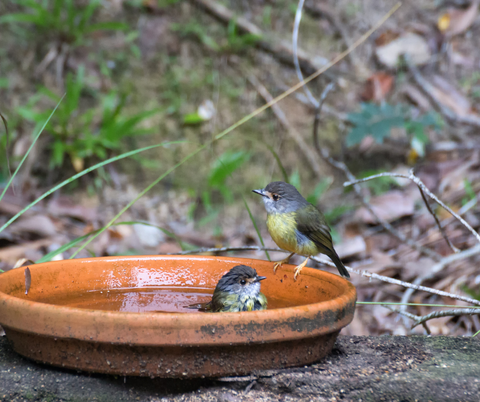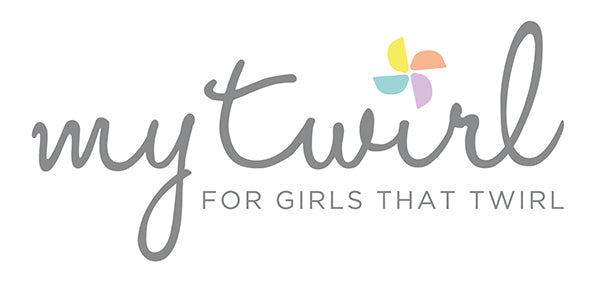Easy ways to help wildlife in winter
Posted on February 02 2022

Gardens can begin to look a bit baron and sluggish in the winter. Why not take this time when the flowers aren’t blooming to get out there with your little ones and turn it into your own wildlife haven?
During the coldest part of the year the freezing temperatures can make it hard for insects, birds, squirrels and other garden wildlife to find enough shelter and fat-rich foods to see them through to the warmer months. By making some small changes to your garden, you and your family can help support this essential part of our natural ecosystem.
Here are 5 easy ways to help wildlife in your garden this winter.…
Create safe shelters for wildlife in your garden
Providing shelter can be a really important and helpful thing to do for the wildlife living in your garden, and it’s something children love to get involved with. Bird boxes, hedgehog homes and other undisturbed areas in your garden make really cosy habitats where wildlife can shelter, hibernate and raise young in the spring.
Choosing a bird box or hedgehog house with your little one can be fun and will teach them about looking after wildlife. There are lots of kits available to make and decorate yourselves, or you can make one together from scratch.

Put out a selection of fat-rich food
Although it’s important to not constantly put out food for wildlife, so they don’t become reliant on a single supply, a small amount during winter can be really beneficial for many garden species.
Not sure what to put out? Here’s some simple suggestions…
Birds - seeds, suet balls, mealworms, berries or chopped up fruits (apples, pears, plums)
Hedgehogs - minced meat, tinned dog/cat food (not fish-based), chopped boiled egg.
Squirrels - hazelnuts, walnuts, chestnuts, sunflower seeds, chopped carrots.
Badgers - Fruit (apples, grapes, pears), peanuts, dried dog food, mealworms
Small mammals - mixed seeds
Don’t feel you have to splash out on fancy feeders - there are lots of easy ways to look after our garden visitors, from reusing an old plastic bottle, to covering pine cones in peanut butter & seed - get creative! This can be a lovely activity to do with kids, as they’ll enjoy helping you and the wildlife.

Gather up the fallen leaves
Collecting fallen leaves together can be a fun task to do with your children - gather leaves from your lawn or patio to create leaf-mould piles and place these underneath hedges and shrubs. This can provide a safe home for hedgehogs and even insects, plus at the same time you’re making your garden look tidy!

Leave out fresh water for drinking and bathing
Place a shallow dish of fresh water on the ground or on a low wall for all your garden wildlife, including your bird visitors, especially if temperatures drop below freezing. They’ll appreciate this source of water for drinking and bathing. Be sure to change it every day and pop some pebbles or stones in to help any insects that should fall in.

Open your own bug hotel
A super simple project that can keep your little ones entertained for hours, a bug hotel is a great way to get creative and teach them about insects and nature. Collect together different shapes and sizes of natural and repurposed materials - think sticks, moss, cardboard and bricks. Layer everything up in a sturdy shape in a corner of the garden to attract lots of important pollinators.
We’ve also found a great step-by-step guide on the RSPB website on how to make your very own mini-beast hotel if you need some more help. Don’t forget to check in on your bug hotel guests together!

We’re all becoming increasingly aware of the importance of protecting our native wildlife species, and these easy steps are a great way to do our bit for the local ecosystem.
We hope you and your family will enjoy working together to create a haven for wildlife in your own garden.

0 comments